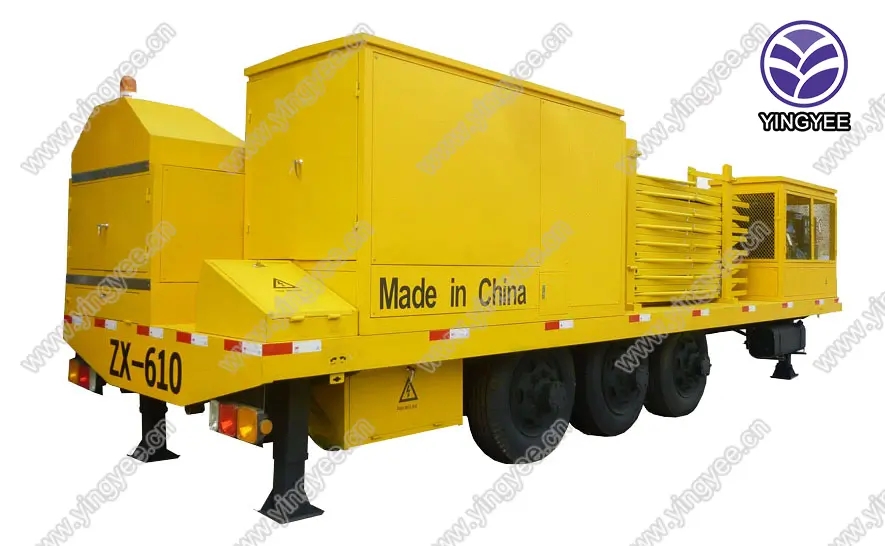
Machine for Forming Metal Studs with Good Forming Effect
In the realm of manufacturing and construction, the need for robust and reliable materials is paramount. Among these materials, metal studs have gained significant attention due to their versatility and strength. The process of forming metal studs, particularly using specialized machines, plays a crucial role in ensuring that the final product meets the rigorous demands of various applications. This article will discuss the importance of machines designed for forming metal studs and highlight the factors that contribute to achieving a good forming effect.
The Importance of Metal Studs
Metal studs are predominantly used in the construction of walls and ceilings, offering an alternative to traditional wooden studs. They are lightweight, resistant to fire, and provide excellent structural support. The growing popularity of metal studs in construction projects is attributed to their durability and the ease with which they can be integrated with other building materials. However, the effectiveness of metal studs largely depends on the quality of their formation process.
Specialized Forming Machines
The machines specifically designed for forming metal studs are crucial in transforming raw metal sheets into usable components. These machines utilize advanced technologies such as CNC (Computer Numerical Control) programming, hydraulic systems, and high-precision cutting and bending processes. The core purpose of these machines is to ensure that the studs are formed accurately and uniformly, which is essential for structural integrity.
One of the key advantages of modern metal stud forming machines is their ability to handle a variety of metal types and thicknesses. This flexibility allows manufacturers to cater to diverse project requirements. For instance, machines can accommodate steel, aluminum, and even galvanized materials, expanding the range of applications for metal studs.
Achieving a Good Forming Effect

To achieve a good forming effect during the production of metal studs, several critical factors must be considered
1. Material Quality The initial quality of the metal sheet is vital. Higher grade materials yield better results, as they are more malleable and resistant to deformation during the forming process.
2. Machine Calibration Proper calibration of the forming machine ensures that the cutting, bending, and shaping operations are performed accurately. Regular maintenance and adjustments are necessary to preserve machine accuracy and efficiency.
3. Die Design The design of the forming die is instrumental in determining the outcome. A well-designed die not only contributes to the precision of the formed metal but also mitigates the risks of defects such as cracks or warping.
4. Process Parameters Factors such as speed, pressure, and temperature need to be meticulously controlled throughout the forming process. These parameters can significantly influence the final shape and durability of the metal stud.
5. Quality Control Implementing a stringent quality control system ensures that any deviations from the desired specifications are identified and rectified promptly. This can include visual inspections, dimensional checks, and strength testing of the final product.
Conclusion
The production of metal studs using specialized forming machines is a critical aspect of modern construction. The emphasis on achieving a good forming effect ensures that the final products are of high quality, reliable, and capable of meeting the demands of various applications. As technology continues to advance, the capabilities of forming machines will only improve, leading to even greater efficiency and effectiveness in the manufacturing of metal studs. In a market that increasingly values sustainability and resiliency, the role of these machines will remain vital in shaping the future of construction materials.